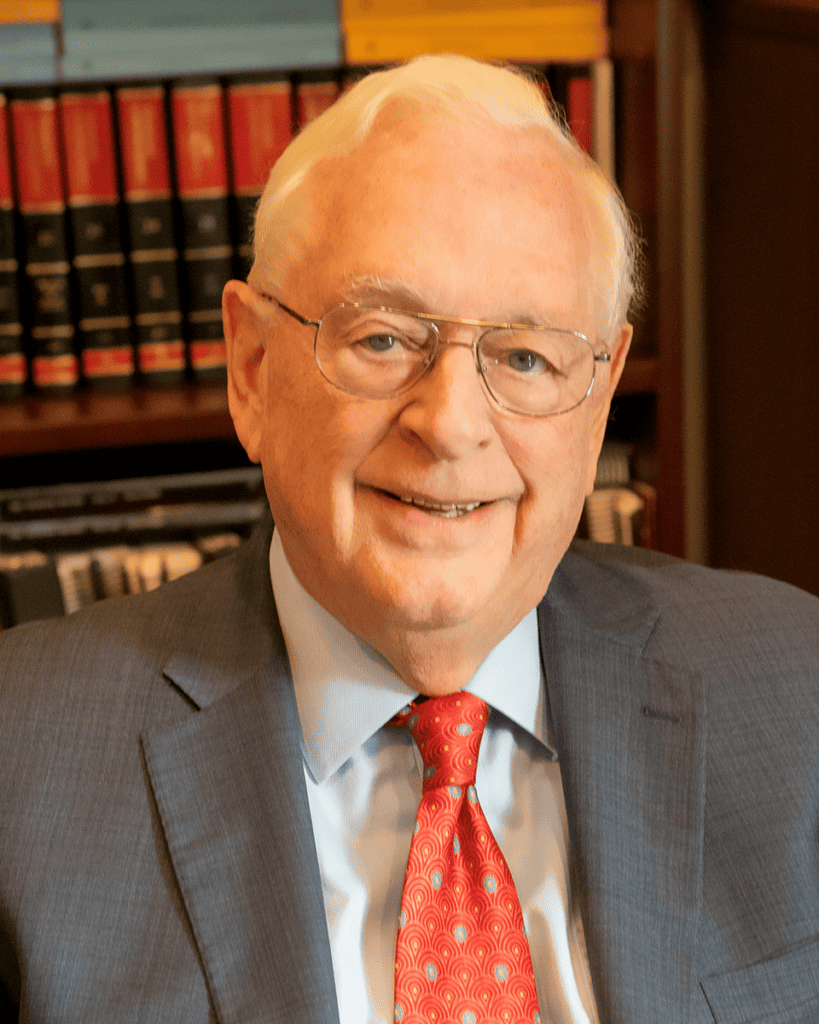New Case Law on the “Sudden Emergency Doctrine”
The recent Tennessee Court of Appeals case Boshears v. Brooks provides practitioners with a good framework for the application of the “Sudden Emergency Doctrine” in negligence actions.
Background
Plaintiff James Boshears was a passenger in a vehicle driven by his girlfriend, Nicole Penchion, when an automobile driven by Cleave C. Brooks struck his car. Boshears filed suit against Brooks. Brooks maintained that he had a stroke immediately prior to the accident, lost consciousness, and therefore could not be found negligent. The accident occurred shortly after Brooks was discharged from the emergency room, which he had visited after reporting blurry vision to his eye doctor. Brooks and the car in which Boshears was a passenger were traveling opposite directions, when Brooks turned left and collided with Penchion and Boshears’s car. In his answer, Brooks denied fault and did not allege comparative fault.
A jury trial occurred. At the trial, Brooks testified that he went unconscious while driving and woke up in the ambulance. Two police officers testified that immediately after the accident, Brooks seemed “out of it” and “shaken.” There was conflicting testimony by Boshears and Penchion about whether Brooks’s turn signal was on. Brooks offered the deposition testimony of Dr. Elzbieta E. Gornisiewicz, a neurologist who first saw Brooks in May 2013, who testified that a CT scan of Brooks on the day of the accident, but prior to the accident was negative for ischemic activity indicating a stroke. A CT scan taken on the day of the accident, but after the accident was positive for findings consistent with a stroke.
During the cross-examination, Boshears attempted to show that Brooks had been suffering from blurred vision for years and should not have been driving on the day of the accident regardless of whether Boshears suffered a stroke.
At the conclusion of the trial, the jury was instructed on the sudden or unexpected emergency doctrine. The trial court also instructed the jury that “a sudden loss of consciousness or physical incapacity is a defense to a negligent action.” The jury found that Brooks was not at fault for the accident. Boshears filed a motion for a new trial and raised the issue of whether the trial court erred in instructing the jury on the sudden emergency doctrine and loss of consciousness. The motion for new trial was denied and the jury verdict was affirmed. Boshears filed an appeal.
Ruling
On appeal, the Court of Appeals addressed two issues, whether the trial court erred in instructing the jury with Tennessee Pattern Jury Instruction 3.08, Sudden Emergency, when Brooks did not raise comparative fault, and whether the trial court erred in charging the jury with both the sudden emergency doctrine and loss of consciousness.
On the issue of the charge with the Pattern Jury Instruction 3.08 when no comparative fault was asserted, the Court of Appeals first looked to the Tennessee Supreme Court’s decision in McCall v. Wilder, 913 S.W.2d 150 (Tenn. 1995), which stated that the sudden emergency doctrine was no longer a defense as a matter of law, but must be considered a factor in the total comparative fault analysis. The Court also looked at its opinion in Ross v. Vanderbilt University Medical Center, 27 S.W.3d 523 (Tenn. Ct. App. 2000). In Ross, the Court of Appeals rejected an argument by the plaintiff that the sudden emergency doctrine has no application when a defendant does not allege comparative fault on the part of the plaintiff. The Court then held that it was not necessary for Brooks to plead the affirmative defense of comparative fault in order for the emergency doctrine to be charged to the jury. The Court said to adopt Boshears’s position might lead to “illogical and unacceptable results” such as in cases when the sudden emergency was without question not caused by an individual. The Court gave the example of a falling tree that caused a driver to swerve.
The Court then addressed whether the trial court erred in charging the jury with both the sudden emergency doctrine and loss of consciousness. Boshears argued that the sudden loss of consciousness contains an element of foreseeability that the sudden emergency doctrine does not, and therefore because both instructions were given, jurors merely needed to conclude that the sudden emergency arose and therefore Brooks was absolved of negligence. The Court rejected the argument in a somewhat confusing analysis that looked to the various theories advanced by the parties at trial. It then concluded that because there was evidence presented by the parties to sustain a verdict on the issue of fact of whether Brooks was conscious or not, it was not error to give instructions on both the sudden emergency doctrine and loss of consciousness.
Commentary
The Court swiftly rejected the arguments advanced by the plaintiff in this action regarding the error relating to jury instructions. An important note from the Court’s analysis is its rejection of how plaintiff characterized the trial court’s instruction of the sudden emergency doctrine as containing an element of fault or negligence on the part of the individual whose conduct is at issue noting: “A sudden emergency will not excuse the actions of a person whose own negligence created the emergency.” This is a good point for plaintiff’s lawyers to remember if this doctrine is raised as a defense.





